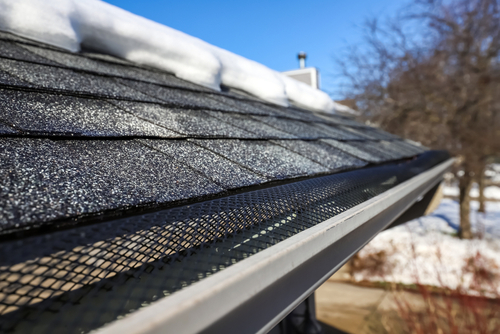How to Maintain Your Roof During Winter
When it comes to winter-proofing your home, forgetting to take care of the roof can turn out to be a very costly option. Proper winterproofing makes your roof much more resilient to withstand colder weather. It would help if you aimed to perform your periodic maintenance of the roof before the winter season arrives, as it will make things much easier for you. Here is a brief overview of how to maintain your roof for the upcoming winter season:
Repair Damaged Shingles
Having missing, loose, or damaged shingles can lead to serious problems when the full-blown winter hits your house. If the roof shingles are broken, it can lead to water damage and ruin your attic and the walls as well. Check carefully to ensure that all the shingles are intact.
Repair Damaged Flashing
Roof flashing often gets neglected, but you shouldn’t make this mistake. It is a very vital component of your roof. Carefully check the roof valleys, overhangs, and chimneys to ensure no leaks in these areas.
Replace Old Caulking
Replacing caulking is important because it helps keep the water away from the joints. If you feel your caulking is worn out, you shouldn’t ignore removing it. Once fully cured, the new caulk will be supple and retain the seal better.
Get Your Roof Rake Ready
A snow rake is very important for removing excessive snow from the rooftop. If you can keep the snow from piling up on the roof, it will help keep your roof load-free, and there is less chance of incurring any damages. A snow rake is a very small investment but very important for the roof.
Trim the Trees
To keep your roof from getting damaged, you should trim the tree branches that get close to the roof. The tree branches don’t necessarily have to be touching the roof. Even if they are some distance apart, the branches can break off and fall on the roof during a snowstorm. Make sure to get the trees around your roof trimmed before the winter arrives.
Add a Heat Cable
Adding a heat cable in the areas where ice dams have been an issue in the past is a good idea. Areas such as downspouts, gutters, or even directly above the roof should be fitted with a heat cable to ensure no ice dams this time around.





